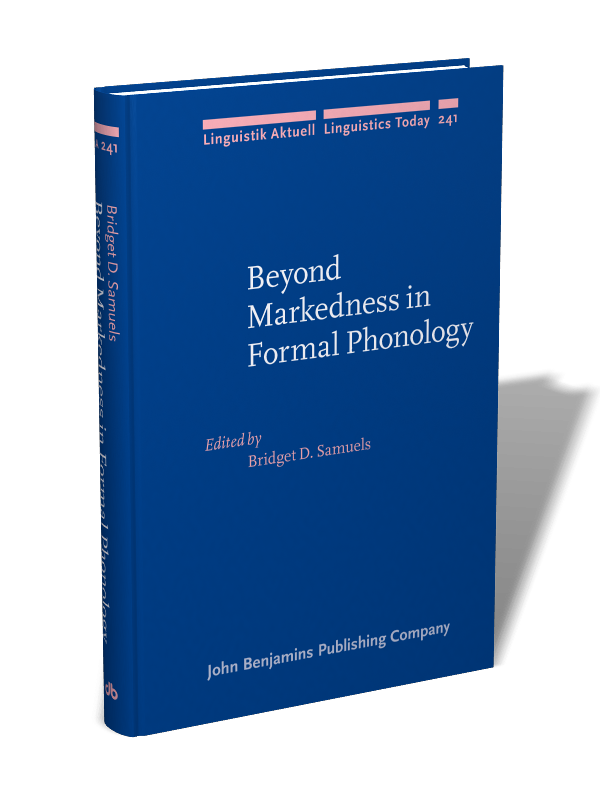Direct link: https://lx.berkeley.edu/phonology-lecturer-position.
Lecturer — Phonology — UC Berkeley
Expected start date: July 1, 2018
The Department of Linguistics at the University of California, Berkeley, is seeking a one-year appointment for one, full-time lecturer in phonology with the expectation of renewal for a second year. Duties each semester will include teaching one undergraduate and one graduate course, mentoring undergraduate and graduate students in their research, oversight of a phonology working group, responsibility for a weekly phonology reading group, and active engagement in the life of the department. Salary will be based on the University pay scale for lecturers, between $53,402–$65,064, commensurate with experience.
The Ph.D. (or equivalent degree) in Linguistics or related field is required by the start date of the appointment; all degree requirements other than the dissertation must be complete at the time of application. Applicants must be able to teach courses at all levels in phonology, including seminars in phonological theory for advanced graduate students. For those who are not U.S. citizens or permanent residents, a legal permit that allows work in the United States (such as a U.S. visa that allows employment) is required by the start date of the position. The department is unable to provide a visa/work permit for this position.
Applicants should have a broad intellectual engagement in linguistics and a research specialization in phonology. Applicants whose research interfaces with neighboring disciplines such as phonetics, morphology, syntax, or historical linguistics, are encouraged to apply, as are applicants who are engaged in fieldwork projects or employ experimental, computational, or corpus methods in their work.
The Department of Linguistics and the University of California, Berkeley, recognize and value contributions to diversity, equity, and inclusion (http://diversity.berkeley.edu/(link is external)). We encourage applicants to include a Statement of Contributions to Diversity to discuss how their research, teaching, service, and outreach activities contribute to enhancing diversity, equity, and inclusiveness. We welcome applications from those who have had non-traditional career paths, have achieved excellence in careers outside academia, or have taken time off for personal reasons. UC Berkeley has a number of policies and programs to support employees as they balance work and family.
Applications should include a cover letter, a curriculum vitae, a research statement, a statement of teaching experience and philosophy, and copies of representative written work (1 to 5 items may be submitted). Applications must contain evidence of teaching excellence or potential (included or summarized in the statement of teaching experience). Applicants are encouraged to submit syllabi for both an undergraduate and graduate Phonology course, previously taught or proposed. Applicants should also provide contact information for 2-5 letters of recommendation. Letters of recommendation will only be solicited for applicants under serious consideration. All letters will be treated as confidential per University of California policy and California state law. Please refer potential referees, including when letters are provided via a third party (i.e., dossier service or career center) to the UC Berkeley statement of confidentiality at http://apo.berkeley.edu/evalltr.html(link is external) prior to submitting their letters. Please submit all materials electronically at https://aprecruit.berkeley.edu/apply/JPF01532(link is external). This position will remain open until filled, and applications will be accepted through January 15, 2018. A short list of candidates will be interviewed by Skype in February. Questions can be sent to Paula Floro at lingmgr@berkeley.edu.
The University of California is an Equal Opportunity/Affirmative Action Employer. All qualified applicants will receive consideration for employment without regard to race, color, religion, sex, sexual orientation, gender identity, national origin, disability, age or protected veteran status. For the complete University of California nondiscrimination and affirmative action policy see: http://policy.ucop.edu/doc/4000376/NondiscrimAffirmAct(link is external).
